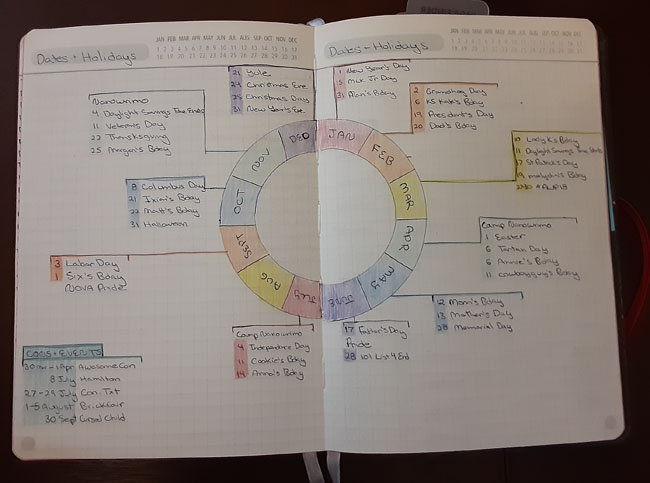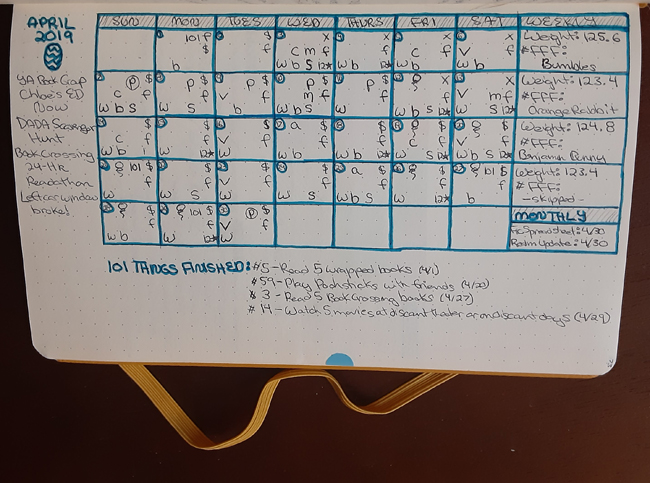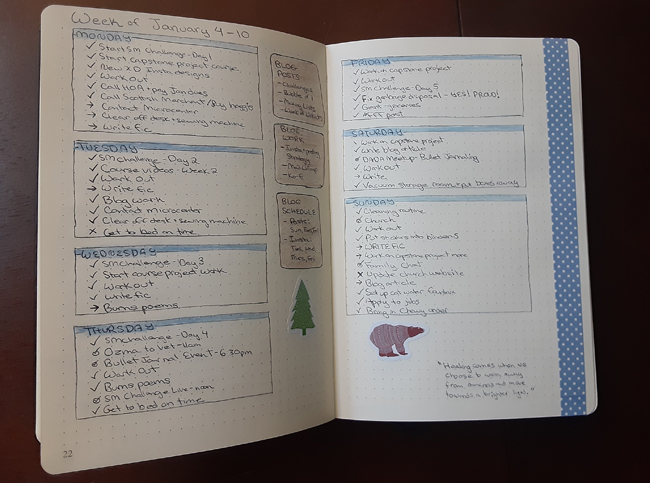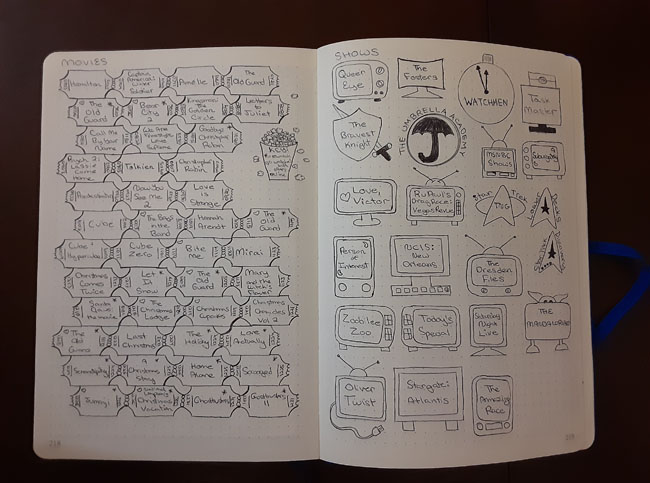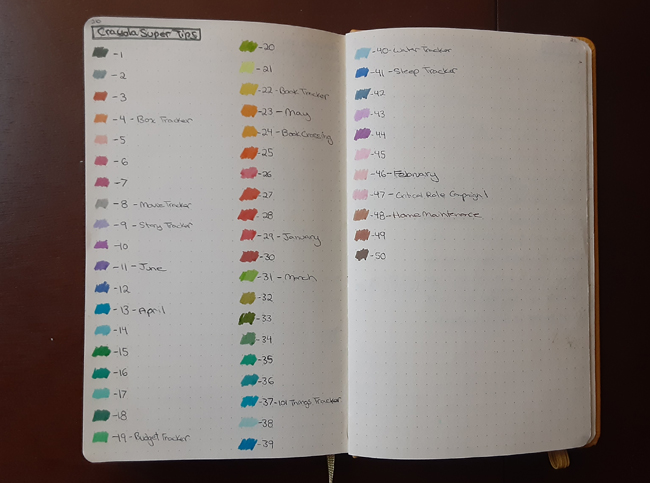I’m just 1 person who loves to bullet journal. Given the number of bogs, vlogs, Pinterest boards, Reddit threads, and Instagram accounts out there about bullet journaling, I’m far from alone. The core concept of a bullet journal (or bujo) is a journal in which they key items you want to accomplish in a day are displayed as a short, bulleted list.
Key Benefits of Bullet Journaling
- Organizing your life on paper (note: there are digital versions as well)
- Focusing your attention on tasks you can realistically achieve in a day
- Conglomerating all your notes, lists, plans, etc. into one tool
- Having a record of your daily accomplishments
- Tracking progress to build habits
- Constantly reflecting and reevaluating priorities
- Having an outlet for creativity
- Keeping events, deadlines, and long-term goals from getting away from you
- Customizing a planner so it can be exactly what you want it to be without wasting space/pages
There are hundreds of tutorials, but a good place to start is with this lesson about how rapid journaling works by the founder, Ryder Carroll. I have kept a bullet journal since 2018, and for the first three of those years, I didn’t use the rapid journaling method at all. Instead, my bulleted lists were the things I did in a day, rather than the things I needed to do. Now, my bullet journal contains both, along with all sorts of trackers, cover pages, collections, and more.
Typical Components of a Bullet Journal
Here’s a slideshow of the typical sorts of pages you’ll find in a bujo, with examples from some of my journals.
Your bullet journal can have all of these components or just a few of them. What’s most important is to create a system that is useful to you. It doesn’t have to look as gorgeous as some of the pinnable spreads people share on the internet; it just has to work for you.
In the next post, I’ll be sharing some of my top tips and things I’ve learned throughout my years of keeping a bullet journal.
Do you bullet journal already? Do you use another sort of planner to keep yourself focused and organized?




